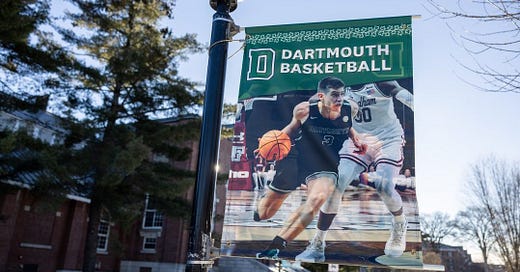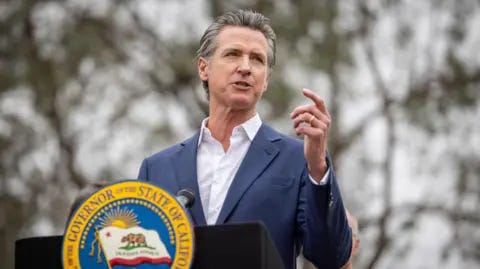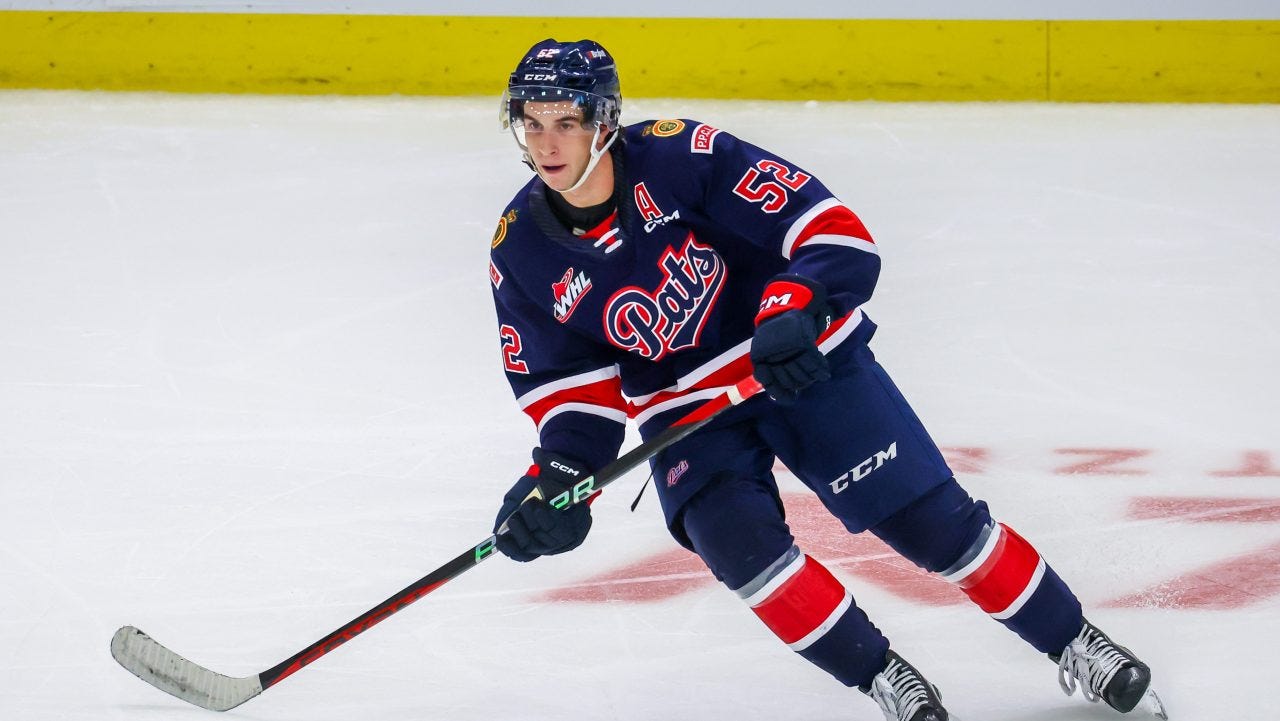Gavin Newsom Vetoes California NIL Bill, Dartmouth Refusing to Bargain With Their Men's Basketball Team, + ICYMI | Newsletter #276
Today’s Thursday newsletter includes highlights from this week, important news from last week, and what to watch for.
Keep up to date on all of our newsletters and content by checking out past Optimum Sports Consulting Newsletters, and following us on Twitter!
Recapping Major News This Week:
California Governor, Gavin Newsom, Vetoes NIL Transparency Bill
Bill SB906 would have required collectives to submit details for NIL deals worth $5,000 or more to the school the athlete attends.
Newsom said on Monday that “college sports are in a period of transition… [and] as governor, I want to ensure California’s colleges continue to be competitive with other states. Further changes to this dynamic should be done nationally.”
If Newsom let the bill pass, collectives would’ve needed to provide NIL deal details about the amount of compensation and value of service to the athlete, the name of the athlete’s team, their gender, and the amount of compensation provided to all athletes at the school each year by sport and gender.
CLICK HERE to learn more.
Dartmouth Unwilling to Recognize the Men’s Basketball Team Players Union
On Monday, Thomas E. Quigley - counsel for the NLRB General Counsel - filed a motion for summary judgement arguing that Dartmouth has violated the National Labor Relations Act (NLRA) by failing to recognize the union that represents their men’s basketball team and bargain in good faith.
Although Dartmouth men’s basketball players were deemed employees by the NLRA eight months ago, and they unionized seven months ago, there has been zero bargaining between Dartmouth and their basketball player’s union.
If the board grants Quigley’s motion and orders Dartmouth to bargain, Dartmouth would likely petition a federal court for review that could eventually lead the case to the U.S. Supreme Court. If the board denies the motion, the current situation with Dartmouth would continue until the board rules on Dartmouth’s appeal that, in their belief, the players are not employees.
CLICK HERE to learn more.
Quick Hitter News:
Sacramento State raises over $35 million with the hopes of joining a FBS conference - LINK
Judge rules that North Carolina high school athletes CAN profit off of their NIL - LINK
Alabama WR, Ryan Williams, doubles his NIL value after incredible game against Georgia - LINK
Gonzaga joins the Pac-12 (LINK) and UTEP joins the Mountain West Conference (LINK). Both conferences need one more full member to qualify as a Division 1 conference.
Notre Dame closes their “not-for-profit” NIL collective in favor of a new “for-profit” initiative - LINK
ICYMI
CHL Hockey Player Gives Verbal Commitment to Arizona State Despite Being Ineligible
Braxton Whitehead, a 20-year-old on the Western Hockey League’s Regina Pats, made a verbal commitment to join Arizona State’s Division I hockey program next year despite the fact that a current NCAA bylaw renders junior hockey players ineligible.
This comes after Rylan Masterson, a 19-year-old Ontario hockey player, sued the NCAA and 10 universities in a New York federal court last month over a “boycott” of Canadian Hockey League players. The defenseman is ineligible to play NCAA D-I hockey because he played two exhibition games for the OHL’s Windsor Spitfires in 2022… making him a pro athlete in the eyes of the NCAA. Masterson hopes for his case to be certified as a class action, and Braxton Whitehead plans to join him if the NCAA rules that he is in fact ineligible.
Masterson argues that the NCAA’s policy denies players of educational and athletic opportunities, and that it is hypocritical given that the NCAA permits former pro hockey players on European teams to play D-I hockey and allows college athletes to sign lucrative, pro sports-like NIL deals.
Because Braxton Whitehead committed to ASU, the NCAA must resolve the legal dispute prior to the fall of 2025, when Whitehead would enroll at ASU. According to ESPN, both Whitehead and ASU are “confident those restrictions will be lifted before he joins the Sun Devils in 2025.”
CLICK HERE to learn more.
What To Watch For: A New Governing Body For College Football
On Monday, a group called College Sports Tomorrow had a press release proposing the formation of the “College Student Football League”. The proposed league would be split into two tiers with the top 72 teams split up into 12 divisions, and the remaining 64 teams split into eight divisions. Furthermore, the league would embrace “pay-for-play” by implementing a salary cap and pay scales for athlete endorsements. Despite generating some buzz in the spring/summer for their group, College Sports Tomorrow will not reshape college football any time soon. In March, every FBS conference and Notre Dame agreed to a new six-year College Football Playoff contract set to begin in 2026.
Nonetheless, the college football landscape will continue to undergo major changes in the very near future. It is reported that top school administrators from the two most powerful NCAA conferences - the SEC and Big Ten - are scheduled to jointly meet next month. As part of the meeting, the two groups are expected to discuss a range of topics that include the House settlement case, a new third-party enforcement model (that is not affiliated with the NCAA), the future of the College Football Playoff format and (most significantly) a regular-season and postseason scheduling arrangement.
The perceived partnership between the two conferences is a monumental development in the college football space. The Big Ten and SEC have distanced themselves significantly from the rest of the FBS - both financially and competitively. Developments such as scheduling agreements with their own media deals, and a more favorable playoff format - among other things - would significantly strengthen the two conferences already dominant positions in college football. And eventually, it could lead to the two conferences breaking away from the NCAA and the other FBS conferences completely.
The Big Ten and SEC have a significant amount of leverage in all things related to college football. With the massive brands and revenue deals that each conference possesses, they ultimately control the future of sport. Although it doesn’t look like either the SEC or Big Ten plans to break away from the NCAA just yet, a unification of the two elite conferences down the line seems more and more likely. And if they do unify, I would expect that they do so without the help of the NCAA.
Thanks for Reading!
Keep up to date on all of our newsletters and content by checking out past Optimum Sports Consulting Newsletters, and following us on Twitter!










